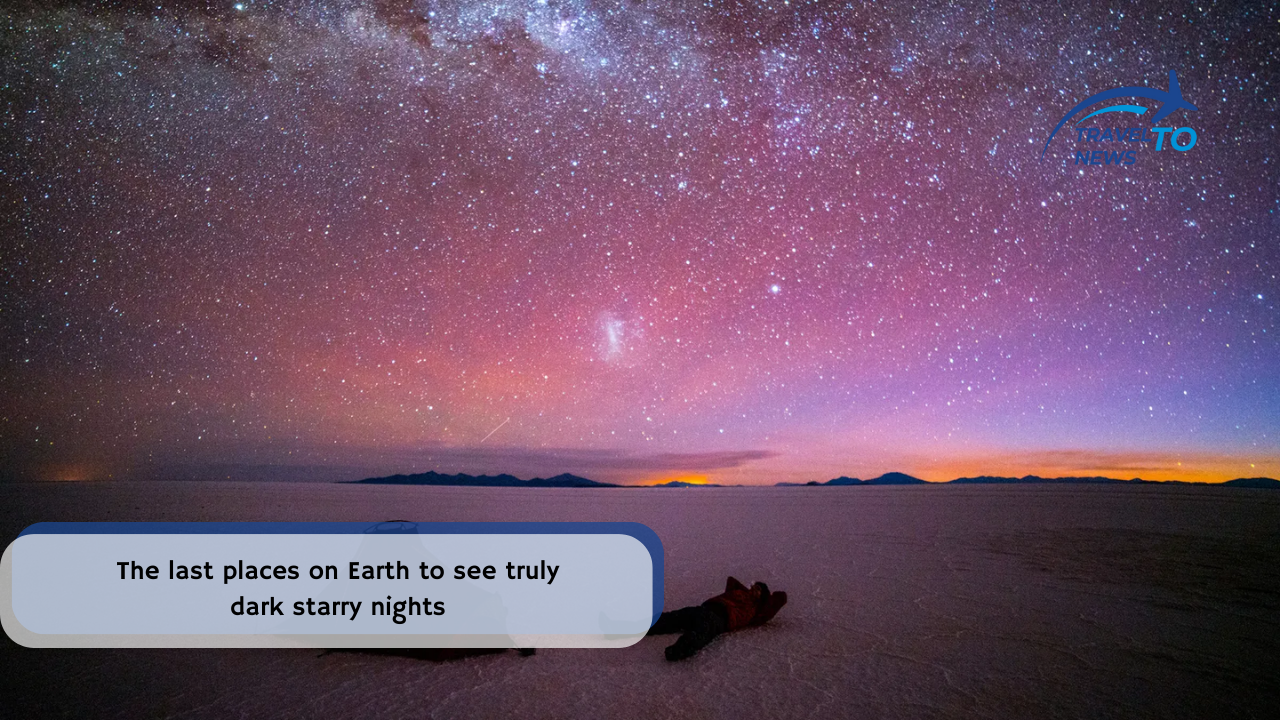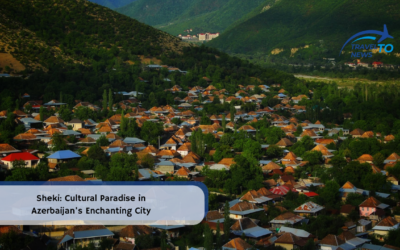Starry Sojourn: A Global Pursuit of Vanishing Night Skies

At the dawn of the 1800s, Paris lit its streets with gas, a pioneer in urban illumination. This enhancement, however, now pales against the extensive light pollution of today, obscuring the starlit Night Skies that once was a daily spectacle akin to the Moon’s glow.
Captivated by the cosmos from youth, I’d spend summers under the spellbinding vistas of my grandmother’s remote Spanish village, Peñarroyas in Teruel. The celestial canopy there, bursting with stars, made even the familiar constellations seem foreign and full of wonder, akin to space travel.

Years later, amid the silence of abandoned Chilean villages, I photographed the Milky Way’s core and the inverted Big Dipper reflecting right-side-up in a still pool, capturing the contrasting perspectives from southern skies.
Pursuing astrophysics deepened my appreciation for these starry experiences. As a documentary photographer and science communicator, I’ve journeyed worldwide, showcasing these vanishing nocturnal treasures through my lens.

From Morocco’s dark skies to Patagonia’s peaks, I present 11 photos of the world’s secluded celestial arenas, recalling the night’s raw beauty that once embraced humanity.
In Chile’s high-altitude Atacama Desert, I captured the Milky Way’s arc, its clear nights offering perfect stargazing conditions. The photo highlights the densest section of our galaxy, a sight unblemished by clouds or pollution.
The zodiacal light, a diaphanous twilight extending from the horizon, also graces my collection. Observed best during spring and autumn, it’s illustrated here against Bolivia’s salt flats. To Muslims, this pale luminescence is the “false dawn,” often mistaken for daybreak amidst the desert’s darkness.

In locations free of light pollution, galaxies like the Large Magellanic Cloud become visible to the naked eye. This dwarf galaxy, once unknown to Europeans until Magellan’s voyage, was photographed amidst Bolivia’s cacti.
The star images echo my experience in Tierra del Fuego, Argentina, where the stars reflected like gems on a tidal pool’s surface. Capturing Cerro Torre’s peak took patience, awaiting clear skies to reveal the vibrant tapestry of stars’ colors, hinting at their temperatures and life stages.
Vast deserts like the Sahara offer a paradise for star gazers; here, celestial “clouds” unveil millions of stars with aid of telescopes, as Galileo first observed. But light pollution threatens this pristine clarity, disorienting baby sea turtles on Moroccan coasts, lured inland rather than seaward.

Europe’s diminishing dark skies cling to life in pockets like the Pyrenees. There, a cemetery shot reflects the stars’ poignant eternity. And upon Bolivia’s Uyuni salt flat, lying back, the sky becomes an overwhelming cosmic ocean, a humbling tapestry highlighting our fleeting existence against the universe’s expanse.
This photographic odyssey urges a rediscovery of our stellar heritage, offering a transformative gaze into the heavens, a reminder of Earth’s fragile splendor in the vast cosmic arena.










